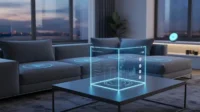Best Smart Home Interior Design: Tech-Driven Living Spaces
Published: 7 Aug 2025
Introduction
Smart homes have evolved from being just a trend into a lifestyle. Home technology has changed the dynamics of engaging with our homes. With smart home technology IoT (Internet of Things) has enabled the automation of controlling several functions of a home through an app or voice command. The integration of technology with interior design has given birth to “smart home interior design,” which marries design and technology, functionality and beauty in an appealing energy-conserving space.
In this article, I will elaborate on how to improve your home design using modern tech solutions. Uplifting the design of a home, whether building or remodeling an existing one, serves a plethora of opportunities to apply smart tech on home interior design. From the undeniably effortless change of smart lighting, entertainment, security and energy management systems, smart home design transforms living into an unprecedented level.
Applying Technology to Architectural Interiors
Interior design that incorporates modern technology or smart home design, is focused on integrating high-tech features within the home in an unobtrusive manner. With the help of smart devices and home automation systems, advanced technologies can be incorporated into a home’s automation systems to enhance efficiency, comfort and security. Technology should never detract from the home’s beauty. Rather, it should be incorporated to further improve the modern, sleek and functional aesthetic of the home.
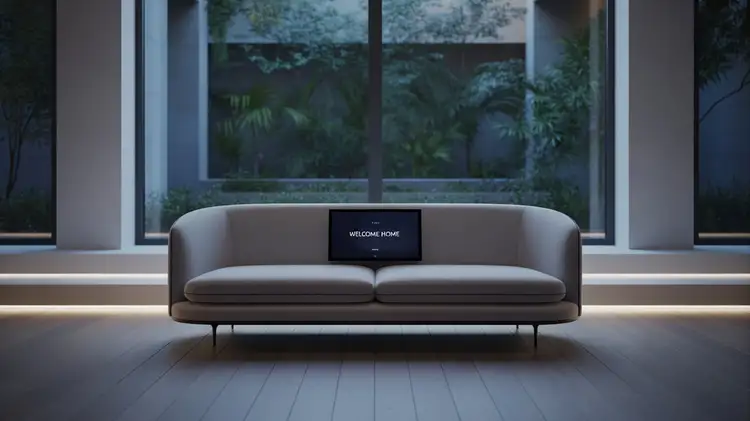
The Importance of Smart Home Design Features
Smart homes are commonplace. Homeowners are interested in making their homes more intuitive, automated and energy-efficient as technology continues to turn into an integral component in our daily lives. Improved smart home design features can lead to greater security, ease of use and sustainability.
Moreover, smart home design features increase a home’s resale value. Homes equipped with advanced features are in high demand, which further demonstrates the return on investment that tech-driven design offers. In addition, smart home devices provide long-term adaptability as they evolve, enabling homeowners to easily modernize their homes with new features and integrations.
Essential Aspects of Smart Home Interior Design
Automation technology can be integrated into nearly every part of your home, ranging from a modern climate control device to more sophisticated features like lighting systems. A smart home interior design incorporates a variety of features. In our more recent history, there has been an uptick of feature-oriented homes driven by technology. Below focuses on some noteworthy aspects of more advanced dwellings.
1. Modernized Illumination Systems
Smart lighting tech permits the owner to adjust the brightness, color or even the timing of lights through a voice command or mobile phone. Similar to modern Mobile phone applications, Pear Devices, they allow users to create and modify parts of the house from mobile phones. The system offers preset levels and recommended lighting schemes corresponding to the time of day, thus automating energy consumption and enhancing coziness.
Benefits of Smart Lighting:
- Helps save energy as the system can automatically lower lighting power or completely turn it off whenever the area is not actively used.
- A pull or press of a button enables control from any point including outside the premise.
- A wide array of colors as well as degrees of brightness are available to tailor atmosphere so that it attains perfection.
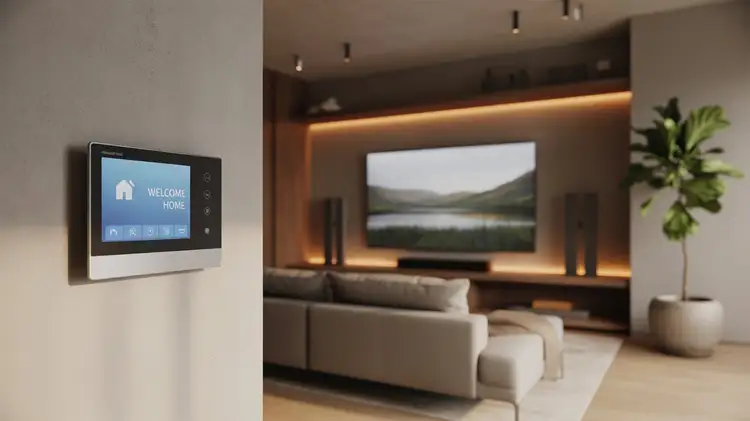
2. Smart Thermostats and Climate Control
Temperature control is fundamental to any household and smart thermostats have transformed the management of indoor climate. They allow for heating and cooling control from remote, scheduling and even temperature adjustments from a distance.
Benefits of Smart Thermostats:
- Energy Conservation: Smart thermostats help reduce fuel expenditure by eliminating the need for heating or cooling while you’re not home.
- Remote Access: Comfort can be ensured upon arrival in the home by changing settings via smartphone.
- Learning Algorithms: Smart thermostats can learn and predict user habits to optimize temperature settings.
3. Automated Window Treatments
Automated window coverings such as smart blinds and shades are controllable remotely which makes them highly suitable for the modern smart home. You can program these window coverings to respond to environmental factors such as sunlight, temperature or sensor-based timers.
Benefits of Automated Window Treatments:
- Convenience: Change window treatments instantly or via voice commands.
- Eco-Friendly: Minimize cooling expenses by shutting blinds during peak periods of direct sunlight.
- Privacy and Safety: Automate open-close functions to enhance security.
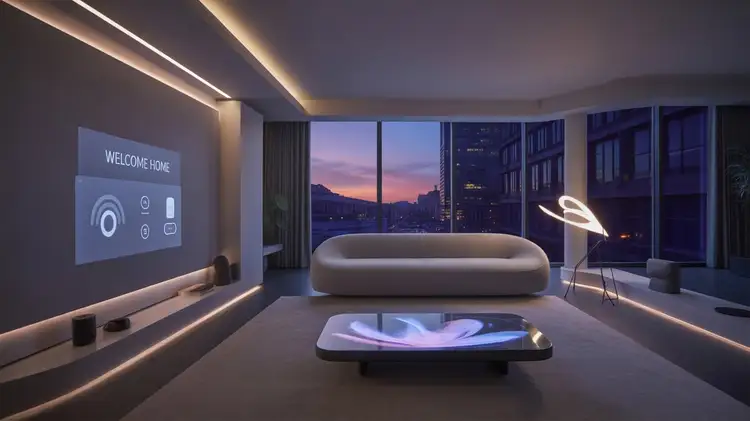
4. Smart Home Security Systems
Security systems are a primary feature of a smart home. A smart home can be upgraded with smart cameras, doorbell cameras, motion sensors and smart locks, providing monitoring and securing capabilities at your fingertips. These systems provide real-time alerts, ensuring you do not miss any potential threats.
Advantages of Smart Security Systems:
- Remote Surveillance: Review security footage with your phone camera even when away from home.
- Real-Time Notifications: Get instant notifications for door openings or movements.
- Increased Safety: Smart locks enable remote control of Home access, aiding in enhanced protection.
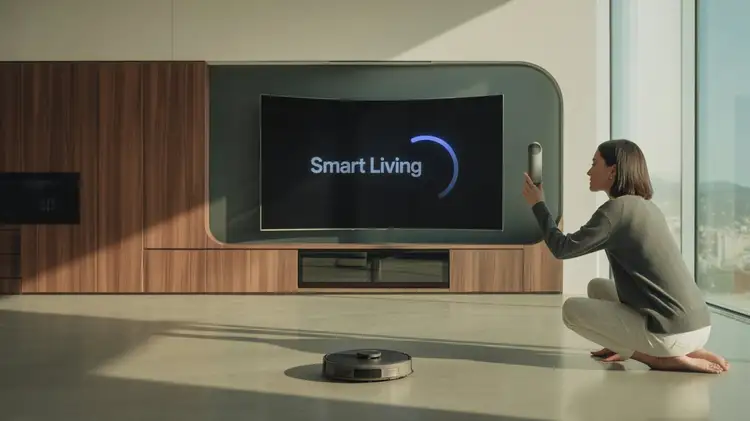
5. Voice-Controlled Assistants
Voice-controlled aides such as Amazon Alexa, Google Assistant and Apple Siri have found their way into many smart homes. By speaking commands, they can control lights and thermostats, as well as music and other household appliances. As the main hub for smart home systems, they facilitate the interlinking between other devices and the smart home system.
Advantages of Voice-Controlled Assistants:
- Command Smart Devices: Control smart devices through voice without manual intervention.
- Home System Scheduling: Automate functions like adjusting lights and temperature to occur at routine times.
- Entertainment Control: Operate music, television or other media devices with voice commands.
Smart Home Technology in Interior Design
Incorporating smart technologies into the modern home brings its own set of challenges. It is necessary to blend these features so that the devices used capture the entirety of the home’s aesthetics. Below are some considerations for seamlessly embedding design features driven by technology into your interiors.
1. Concealing Smart Devices
Devices such as speakers, cameras and hubs are integral to the functioning of a smart home. They can be sleek and modern and blend in with your home décor or they can completely ruin the aesthetic if not placed strategically. Consider embedding devices within furniture, walls or ceilings to conceal them. Placing smart plugs behind furniture or using enclosed ceiling speakers helps maintain the streamlined aesthetic.
2. Using Smart Technology As Design Features
Certain smart devices can positively affect the design of your home. Smart pendant lights and chandeliers not only act as functional lights but also design elements at the same time. Some advanced feature systems even allow for customization of various aspects of the lights including colors and brightness enabling a vibrant display that can change with your mood or occasion.
3. Cohesive Design Across Devices
As you select smart devices for your home, ensure they maintain a cohesive design as they blend with the rest of your interior. Numerous smart home companies manufacture items with specific colors and designs, giving you the opportunity to select those that align with your home. For instance, matte black smart thermostats and brushed steel smart speakers complement modern interiors.
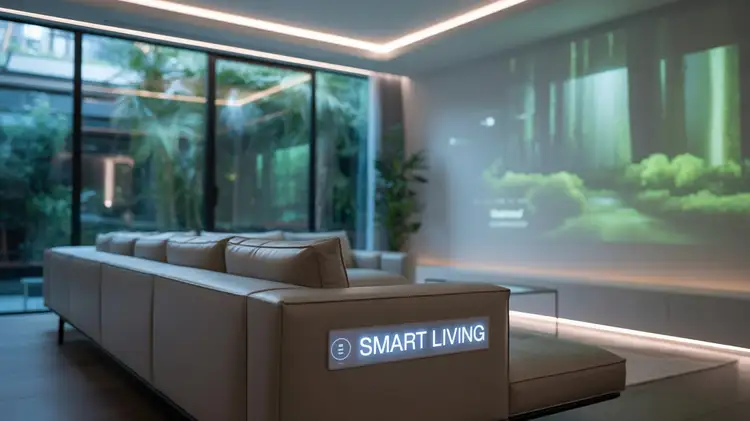
4. Prioritize User-Friendly Design
In addition to performing useful functions, smart devices must be designed with ease of use in mind. In the construction of your smart home, pay attention to device usability by ensuring they possess friendly interfaces and are easily manageable. This becomes critical for those less acquainted with technology, making certain that all members of the household can experience the advantages brought by a smart home.
Smart Home Interior Design Inspiration for Every Room
With this information, we now turn to applying the essential smart home technologies and integration techniques to different rooms in the home.
Living Room: Proper Relaxation and Entertainment
With the living room being an essential part of the house, it is an equally perfect place to set up home automation technology. Smart TVs and voice assistants are some of the technologies that can be used. Here are some suggestions to help integrate technology into your living room:

- Smart sound systems and smart TVs: Purchase a smart TV that comes with streaming services, offers access to other devices and has voice control. It should be paired with a smart audio system for better sound.
- Automated Novel Lighting: It can be smart lighting systems that help adjust brightness or color. Voice command and apps can be used to set the lamps and lights exactly to the desired level.
- Smart Furniture: You can add sofas that have built-in charging ports, as well as tables that support wireless charging.
Kitchen: Functionality and Technology
The kitchen is the heart of the house and the one part of the house that can benefit from smart technology.
- Smart appliances: Incorporate fridges, ovens and dishwashers that can be accessed through the internet. You can, for instance, change the temperature of the oven when coming home or monitor the fridge’s temperature on your smartphone.
- Smart Faucets: Water usage can be reduced and more convenient hand or dish washing can be achieved by installing motion-sensor or touchless smart faucets.
- Voice Assistants: During meal preparation, appliances can be controlled and music played or timers set all with simple voice commands.
Bedroom: Sleep and Comfort
The bedroom is ideally a sanctuary and can be transformed into a peaceful retreat by the application of smart technologies.
- Smart Beds: Selected smart beds now enable adjustment of firmness, temperature and even position, which fosters optimal relaxation.
- Smart Lighting: Your bedside smart lamps can now be dimmed or set to different colors through voice commands. A sleep timer can gradually dim the light to help you drift off.
- Climate Control: Smart thermostats can maintain ideal temperature settings, ensuring comfort throughout the night while sleeping.
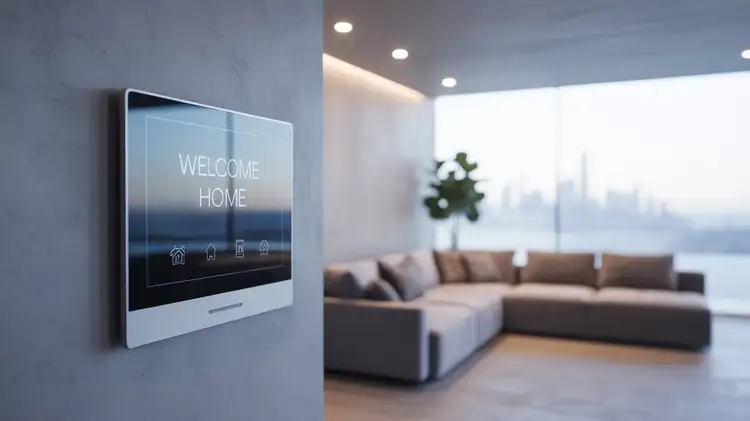
Bathroom: Wellness and Relaxation
Smart technologies can also be applied to the bathroom to augment relaxation and wellness.
- Smart Showers: Smart shower systems can be installed that allow precise control of water temperature and pressure.
- Smart Mirrors: Mirrors that have smart displays incorporated into them allowing them to show time and weather and respond to voice commands for music or lighting.
- Smart Toilets: Certain models of toilets are manufactured with features including built-in bidets, self-temperature regulation and self-cleaning for maximum comfort and hygiene.
FAQs
The convenience of having a smart home increases operational efficiency in energy use, as well as improved home security. With smart devices, numerous functions can be performed through a click of a button eliminating the need to move physically, thus saving time and energy. Moreover, these homes enhance property valuation.
Smart gadgets can be strategically placed within the home in such a way that they align with the home’s interior design, made concealed where possible and selecting them to serve helpful purposes for the room’s operation.
Incorporate smart lighting, smart thermostats and smart security systems. These are crucial for enhancing security and comfort within the home, boosting energy efficiency.
Absolutely not, the majority of devices are designed with ease of use in mind. Most can be controlled through mobile applications or voice-commanded, which is convenient for new applicants.
Definitely, a number of smart gadgets can be installed into a home without requiring major overhaul construction works. It is best to begin with the core devices and expand according to preference.
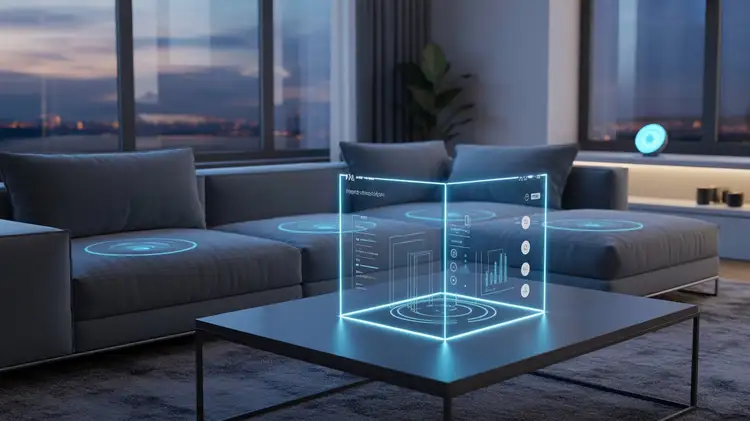
Conclusion
The opportunities for an automated smart home interior design are numerous. Efficient, comfortable and sophisticated spaces can be crafted through the integration of smart devices and automation systems. Homes today can be made more functional while maintaining a sleek and modern appearance. Automation also makes your home more intuitive and energy-efficient while focusing on climate control, lighting or security. Modern and connected homes can be created today so embrace the future of design.

- Be Respectful
- Stay Relevant
- Stay Positive
- True Feedback
- Encourage Discussion
- Avoid Spamming
- No Fake News
- Don't Copy-Paste
- No Personal Attacks

- Be Respectful
- Stay Relevant
- Stay Positive
- True Feedback
- Encourage Discussion
- Avoid Spamming
- No Fake News
- Don't Copy-Paste
- No Personal Attacks



